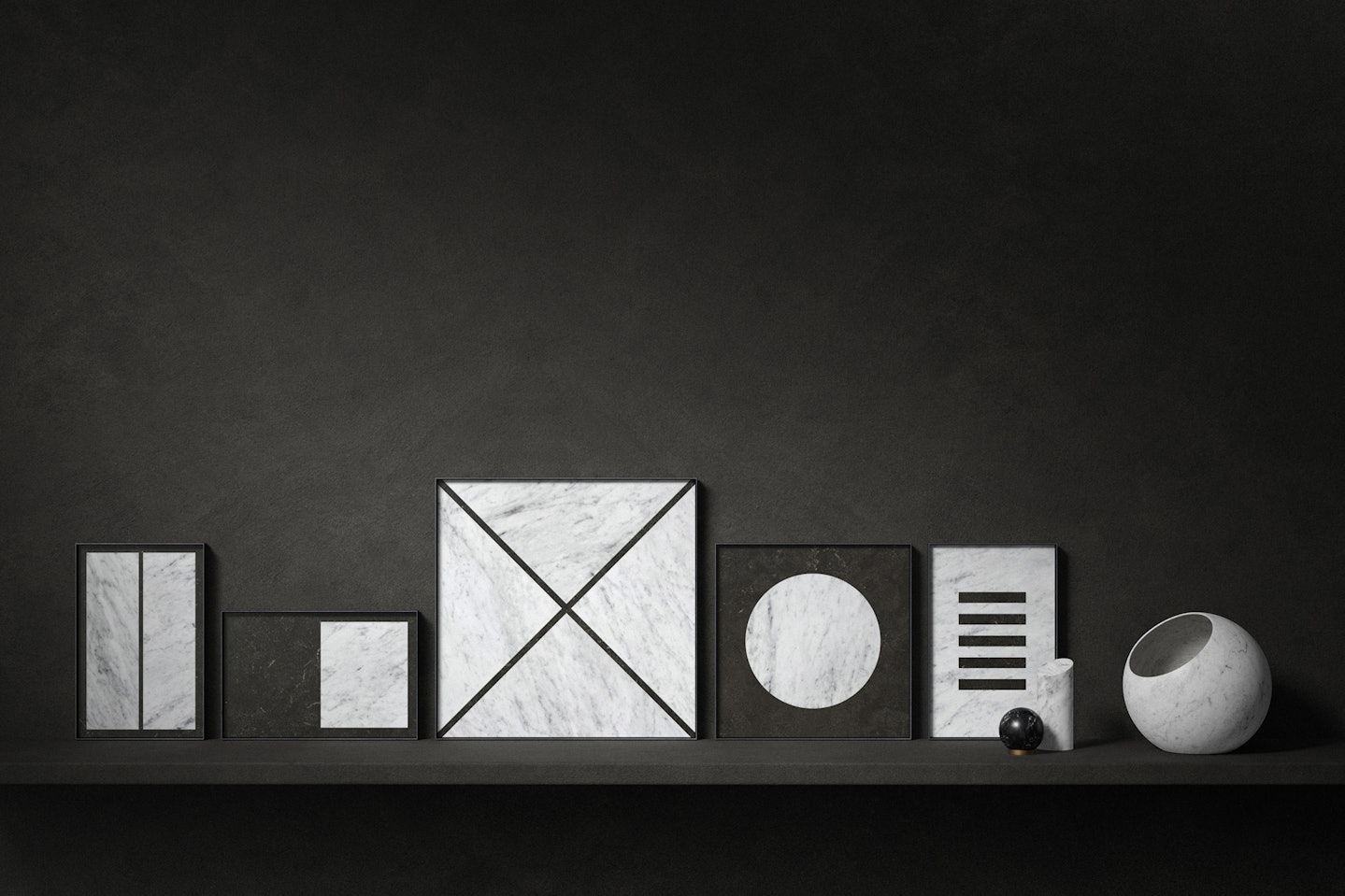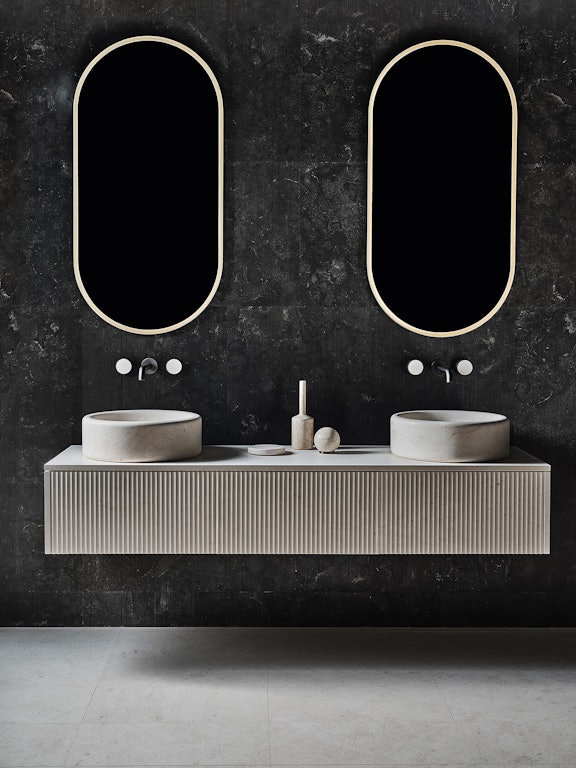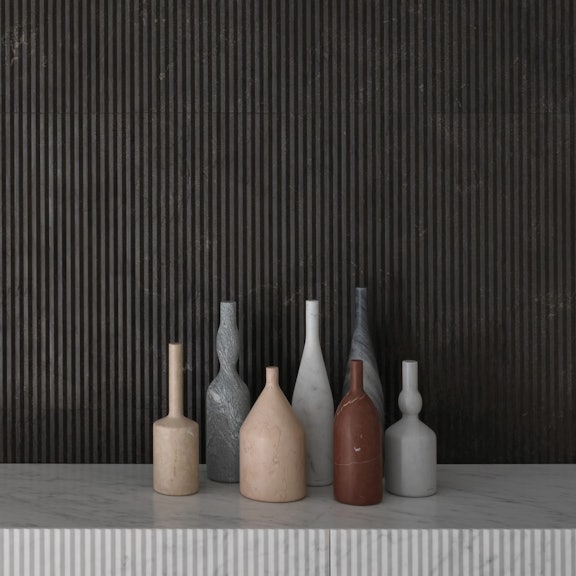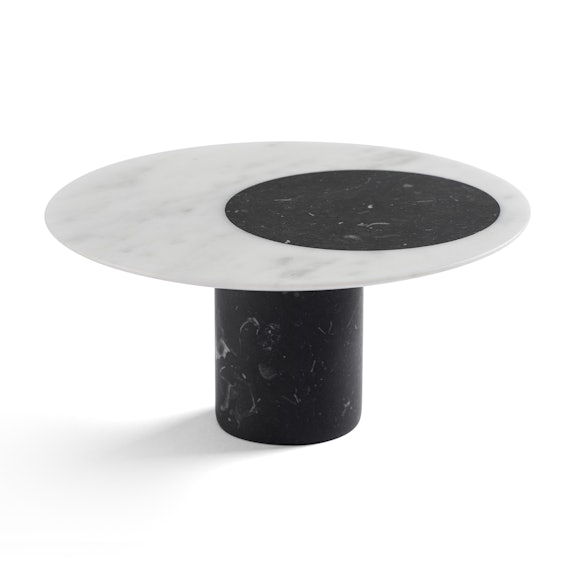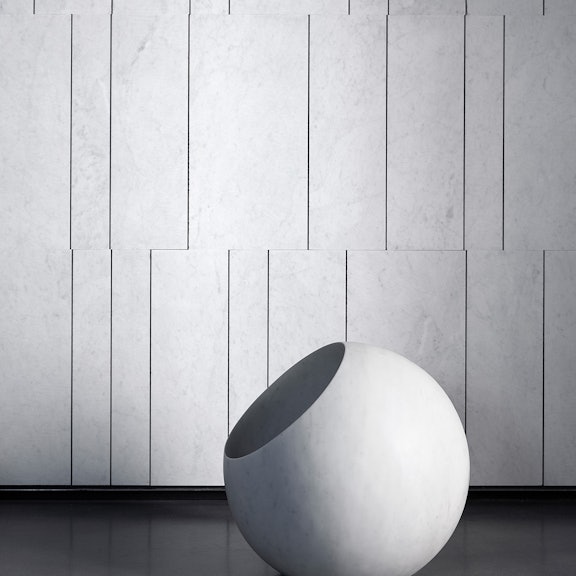How to identify and choose authentic designer products for your home
07.2022
We share our tips for creating a dream home décor with perfect pieces of designer furniture
How to recognise and choose designer furniture and accessories
When the topic of design and designer products comes up, the first thought that often comes to mind is of obscure, impractical objects that have nothing to do with real or daily life. The reverse is very much the case, however, as design is an intrinsic element that shapes everyday items and makes them user-friendly.
You could pretty much say that almost any product on the market is the result of a design process, ie research that determines the aesthetic and function of an object, regardless of the industry, from kitchen utensils to electronics and vehicles.
With that said, we could ask ourselves what is it that sets apart certain objects and makes them more sought-after or prized than others. How do we choose such products if we are looking to create designer environments in our own home? Read on to find out.

What do we mean by designer objects?
There are certain elements that distinguish designer objects from artistic works. Here we could look to Bruno Munari, one of the leading lights in art and design of the twentieth century, who suggested that design requires a more rational approach because its objective was to resolve a problem. It is more democratic because it is not reserved for an elite section of the population as art often may be considered to do. And this is where we find the first distinctive characteristic of designer objects, which is their functionality, the idea that they serve a purpose or fulfil a need.
There are two other traits however that enter into play, and the first of these is efficiency. A product or its interface must be intuitive, meaning that you shouldn’t need a degree in rocket science or have to read a 100-page manual to use it. Ideally, a simple glance should be enough to understand how something works.
The third aspect is aesthetics and this is, of course, highly subjective and difficult to quantify. However, it is generally agreed that there is a certain harmony of form that respects the laws of mathematics and this is key to creating designer products, regardless of prevailing tastes and fashions. Just as music is based on the artful arrangement of chords, great design requires intuition, the right proportions and the right materials.
So, does this mean that any product that is functional, intuitive and aesthetically pleasing is destined to become a design icon?
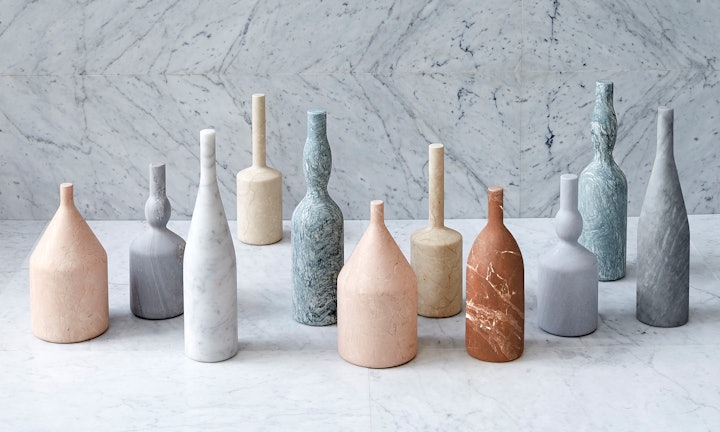
How products become design icons
The answer is “not necessarily”. Even if a piece is designed by a leading name, it is not enough to ensure it will gain icon status. To become a famous design object, a product must be recognisable to the greater public and, in some way, be representative of its time.
Two everyday examples that spring to mind are the glass Coca-Cola bottle or a Fender guitar. There is a certain familiarity and this is fundamental to a product passing into the pantheon of design icons, those timeless items that mould inventions that hope to follow in their footsteps.
Of course, the world of décor also has its celebrities in terms of items of furniture and accessories that have left their mark on history, but they may not meet the needs of our own home in terms of style, functionality or even budget. Luckily, however, there are many solutions that are suited to different looks if you want to create a designer home.
.jpg?fp-x=0.5&fp-y=0.5&auto=format&w=720&h=960&fm=jpeg&q=70&fit=crop)
How to choose design objects for your home
As we have seen, designer objects, far from being exclusive and available only to a few, are created to appeal to a broad audience. This means that there is nothing stopping anybody from decorating their home with designer furniture, but there are a few simple guidelines to follow.
The first is to be very clear about the style of the space you are working with. Decide on the mood of your home and then you can start selecting brands that fit with that, rather than haphazardly trying to find perfect pieces.
The second is to interact with the item you’re considering to check that it delivers not only on the looks front but also when it comes to usability. After all, interaction is key to great design so any product must be easy to use and work with its surroundings.
Then, you need to think carefully about accessories and lighting, because such details are key when you are trying to create a sophisticated, harmonious environment, regardless of its size.
Last, but not least, seriously consider involving an expert to help you decide. If you don’t know an architect or interior designer, visit a store where you know you will find professionals who can look at your design or ideas and give you feedback and advice. You can find a list of our showrooms here.
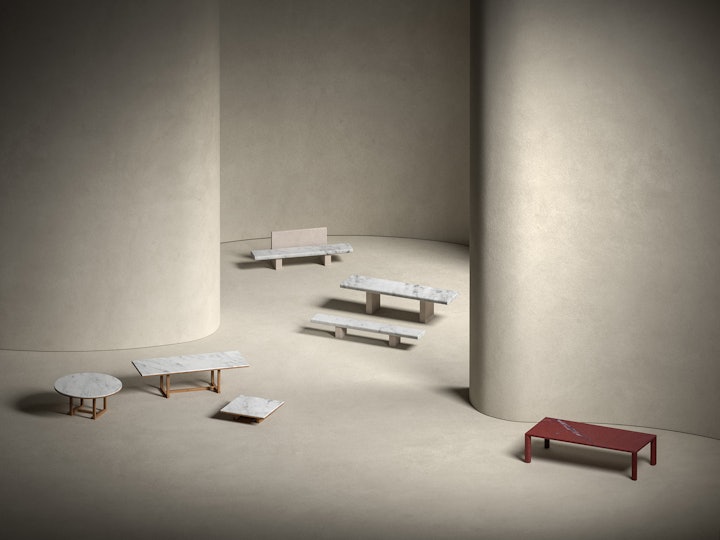
The Salvatori design approach
At Salvatori, we appreciate timeless beauty and a natural, understated effect that can only be achieved through quality materials and precise, skilled workmanship and techniques. This is the approach that guides every product we develop. We always strive to strike the perfect balance of functionality and aesthetics, that elusive pairing of function and form. We work with renowned names from the international design scene to come up with unique products that are brought to life by expert artisans and technological know-how, without forgetting the importance of sustainability in terms of both raw materials and processes.
We not only produce designer home accessories, but also furniture and tiles for walls and floors. The majority of our products are created using a Plug & Play concept that makes installation and assembly a breeze and life that much easier for architects, tradespeople and the end client. If you would like to find out more about our holistic approach to design, we invite you to follow this link.
In the meantime, by way of a summary, we have looked at the characteristics of designer objects, the elements that determine why a product becomes an icon, and the four key rules for choosing a designer piece. If you are thinking about redecorating your home, why not browse our bathroom and home collections. As always, if you have any questions or would like a complimentary consultation, please get in touch. We will be delighted to help you plan your dream décor.
